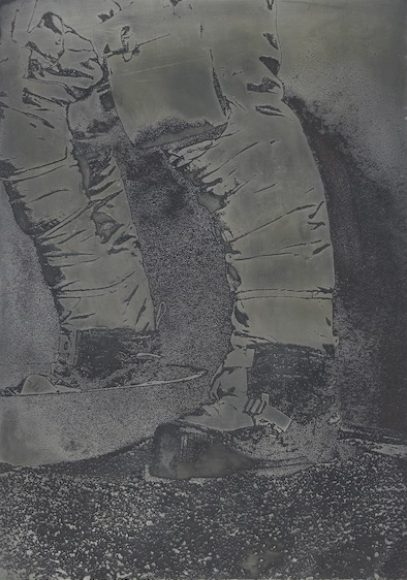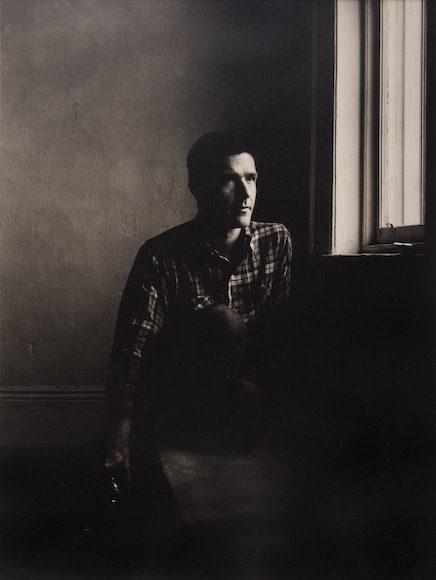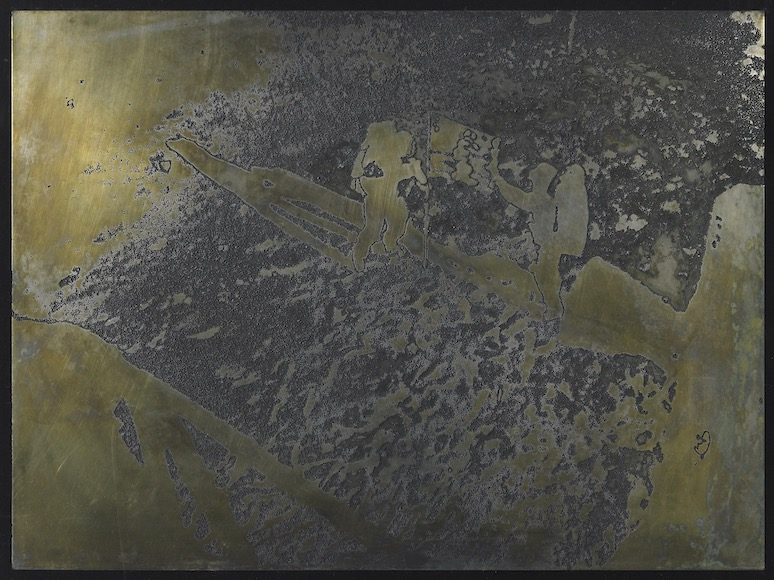NAOMI SAVAGE

![Naomi Savage, Untitled [ice covered three limbs]](https://www.baahng.com/imgs/elementor/thumbs/iced_treeLimb_Naomi_Savage_Baahng-oot1i50wbvcd4w3psrj2xc96sa5917x4442haejzeo.jpg)
Untitled [ice covered three limbs], n.d.
Photograph mounted on board
9.37 x 9.62 in. (23.79 x 24.43 cm)
![Naomi Savage, Untitled [Multi colored gloves]](https://www.baahng.com/imgs/elementor/thumbs/MultiColoGloves_Naomi_Savage_Baahng-oot1i6wkpjexs40zhscc2bs3z1vzgm4ksddg8yh728.jpg)
Untitled [Multi colored gloves], 1993
Photograph with multi colored puffy paint
13.5 x 10.5 in. (34.29 x 26.67 cm)
![Naomi Savage, Untitled [Smiling Marcel Duchamp and Man Ray]](https://www.baahng.com/imgs/elementor/thumbs/smailing_Duchamp_ManRay_Naomi_Savage_Baahng-oot1ianxgvk32jvivtyucatycldgbeji4vze62bmdc.jpg)
Untitled [Smiling Marcel Duchamp and Man Ray], n.d.
Photograph
7.37 x 7.25 in. (18.71 x 18.41 cm)
![Naomi Savage, Untitled [abstract]](https://www.baahng.com/imgs/elementor/thumbs/Abstract_Naomi_Savage_Baahng-oot1i0bpdp5xiuajk7hy2vfvtcseyqegfgt1w0qy9s.jpg)
Untitled [abstract], ca. 1947
Photogram
6 x 6.5 in. (15.24 x 16.51 cm)
![Naomi Savage, Untitled [Marcel Duchamp and Man Ray]](https://www.baahng.com/imgs/elementor/thumbs/Duchamp_ManRay_Naomi_Savage_Baahng-oot1i27drd8i627t98b77uyt04j5e4lx3q40uko5xc.jpg)
Untitled [Marcel Duchamp and Man Ray], n.d.
Photograph
7.25 x 7.37 in. (18.41 x 18.71 cm)
Naomi Savage, photographer, born June 25, 1927 and died at her home in Princeton, New Jersey, on November 22, 2005. While still in high school, she took a class in photography at the New School for Social Research with Berenice Abbott. Some twenty years earlier, Abbott had studied photography in Paris with Man Ray, who was Naomi Savage’s uncle. In 1946, Savage enrolled in Bennington College, where she studied art and music, but before graduating, left to be an apprentice for Man Ray in Hollywood. He taught her that photography was above all a creative process, one of many tools that could be used for the purpose of visual expression. When she returned to New York in 1948, she combined her love of music with her skill in photography by taking portraits of the best known composers of day: Aaron Copland, John Cage, Virgil Thomson, etc. (over 30 in all). Throughout her career, she experimented with the medium of photography, continuously inventing new and highly original techniques. Perhaps her best known work is a series of metal photo engravings (1972) dominating the walls of the LBJ Library in Austin, Texas. In her later years, she became attracted to the enormous potential of digital imagery, experimenting with various methods to manipulate and enhance color, even using new and unconventional materials for laser printing. She exhibited widely, most recently at the Montclair Art Museum, and her photographs are included in major institutional collections throughout the United States……………..provided by Francis M. Naumann.
Francis M. Naumann is an art historian, who specializes in art of the Dada and Surrealist period. He has written extensively on the art of Marcel Duchamp and Man Ray. His New York Dada 1915-23 (1994) is considered the definitive history of the movement, and his “Making Mischief: Dada Invades New York” (1996) is the most comprehensive exhibition on the subject ever assembled. His doctoral dissertation was on Man Ray’s early years in New York, later published as Conversion to Modernism: The Early Work of Man Ray (2003). Throughout his years of his research on Man Ray, he met Naomi Savage and, over the years, they became good friends.
Related:
Categories: artists
Tags: Naomi Savage
![Naomi Savage, Artists All [Duchamp/Man Ray/David Savage]](https://www.baahng.com/imgs/elementor/thumbs/DuchampManRaySavage_Naomi_Savage_Baahng-oorc12ufh7tw80p3innmwaqwug1fbr80uhahqdvr40.jpg)
![Naomi Savage, Untitled [Versailles, sculpture viewed from below]](https://www.baahng.com/imgs/elementor/thumbs/Versailes_BW_Naomi_Savage_Baahng-oorc1jriw8h2100iruyx56h7jdq16b36wt18dd6o00.jpg)

![Naomi Savage, Homage to Man Ray [hand and lips]](https://www.baahng.com/imgs/elementor/thumbs/HomageManry_Glove_Naomi_Savage_Baahng-oorc16ls8jz1igjmwpa569sr7ziw6jmy6zwfnhq6f4.jpg)


![Naomi Savage, Untitled [flowing abstraction]](https://www.baahng.com/imgs/elementor/thumbs/FloweringAbstraction_Naomi_Savage_Baahng-oorc14q3uvwgv8md7ogw1a9u17s5r5fhiqlgoxsyrk.jpg)
![Naomi Savage, Untitled [Man with black background]](https://www.baahng.com/imgs/elementor/thumbs/ManWBlackbackground_Naomi_Savage_Baahng-oorc1c8tdk6rg4bfzrpwl8disar3gq9c7rtcj5htds.jpg)
![Naomi Savage, Untitled [Versailles – solarized statue]](https://www.baahng.com/imgs/elementor/thumbs/Versailles_Naomi_Savage_Baahng-oorc1ml1gqkwztwfbe6sunrlbjc4teedx6zot72hhc.jpg)